Your Fridge Is Lying to You: A Chef’s Guide to Making Groceries Actually Last
I learned one of the most important lessons of my life in a hot, demanding professional kitchen. My mentor, a chef who was all about technique, had a rule that has been burned into my brain ever since: waste isn’t just a loss of money, it’s a failure of imagination.
In this article
Every wilted herb, every soft carrot, every fuzzy berry represented a loss of potential. A loss of flavor. A loss of respect for the ingredient itself. And honestly, that lesson completely changed how I look at the food in my own fridge today.
Properly storing food isn’t some secret art. It’s about understanding why food goes bad in the first place. Once you get the simple science behind it, you can make smart choices that keep your groceries fresh, safe, and delicious for way longer. Let’s walk through the same principles the pros use, and I promise you’ll start saving money and enjoying your food more.
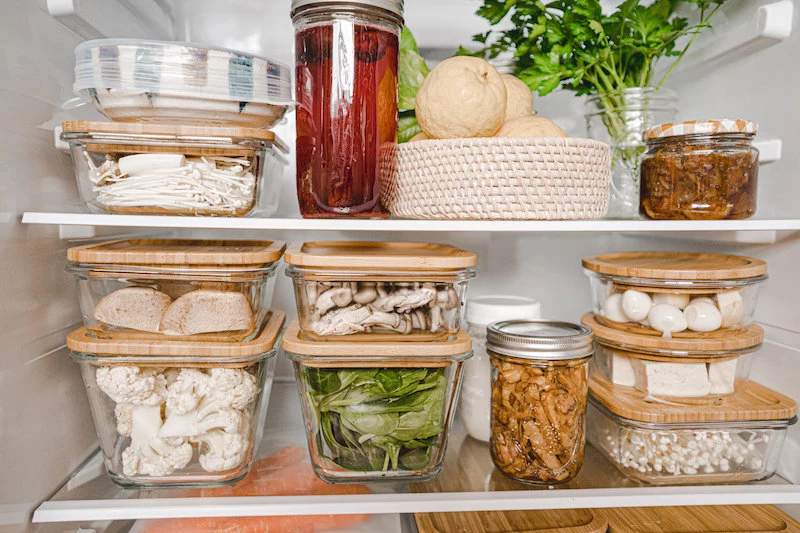
The Real Reasons Your Food Spoils
To win the war against waste, you have to know your enemy. And in this case, the enemies are just natural processes we can easily outsmart. Fruits and veggies are still alive, in a way, even after they’re picked, and their decline is caused by a few key things.
1. They’re Still Breathing: After harvest, produce keeps ‘breathing’ in a process called respiration. They take in oxygen and release carbon dioxide, water, and heat, which makes them age. The faster they breathe, the faster they spoil. This is why a delicate raspberry lasts a day, while a tough potato can last for weeks. Cold temperatures are our best weapon here. Keeping your fridge at or below 40°F (4°C) is like hitting the pause button, slowing that breathing way down.
2. They’re Losing Water: Plants are mostly water, and once they’re cut off from their roots, they start drying out. This is why your greens wilt and carrots get all floppy. The crisper drawers in your fridge are designed to fight this. One is typically high-humidity (vent closed) for things that wilt, and the other is low-humidity (vent open) for things that rot.
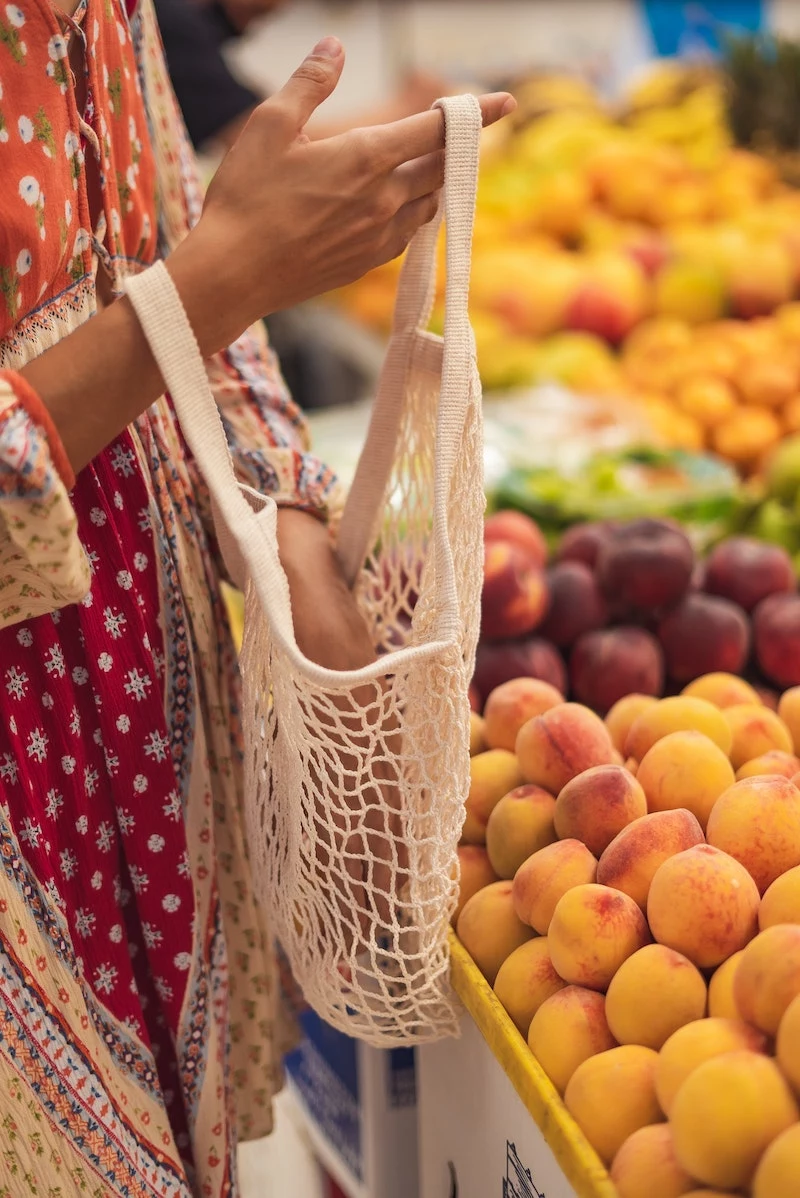
No fancy drawers? No problem. For veggies that need humidity (like carrots or celery), just store them in a plastic grocery bag that you’ve loosely tied shut. For produce prone to rot (like apples or pears), use a bag but poke a few holes in it or leave it open to let moisture escape.
3. That Sneaky Ripening Gas: Ever heard of ethylene? It’s an invisible, natural gas that some fruits and veggies release to trigger ripening. It’s the reason you can put a hard avocado in a paper bag to soften it up. But that same gas will absolutely destroy a head of lettuce next to it. Separating the producers from the sensitive items is probably the single biggest-impact change you can make.
4. The Invisible Invaders: Bacteria and mold are everywhere. They love moisture and warmth. The temperature range between 40°F and 140°F (4°C – 60°C) is what food safety experts call the “Danger Zone,” where bacteria can multiply like crazy. This is why keeping cold food cold isn’t just a suggestion; it’s a critical safety rule.
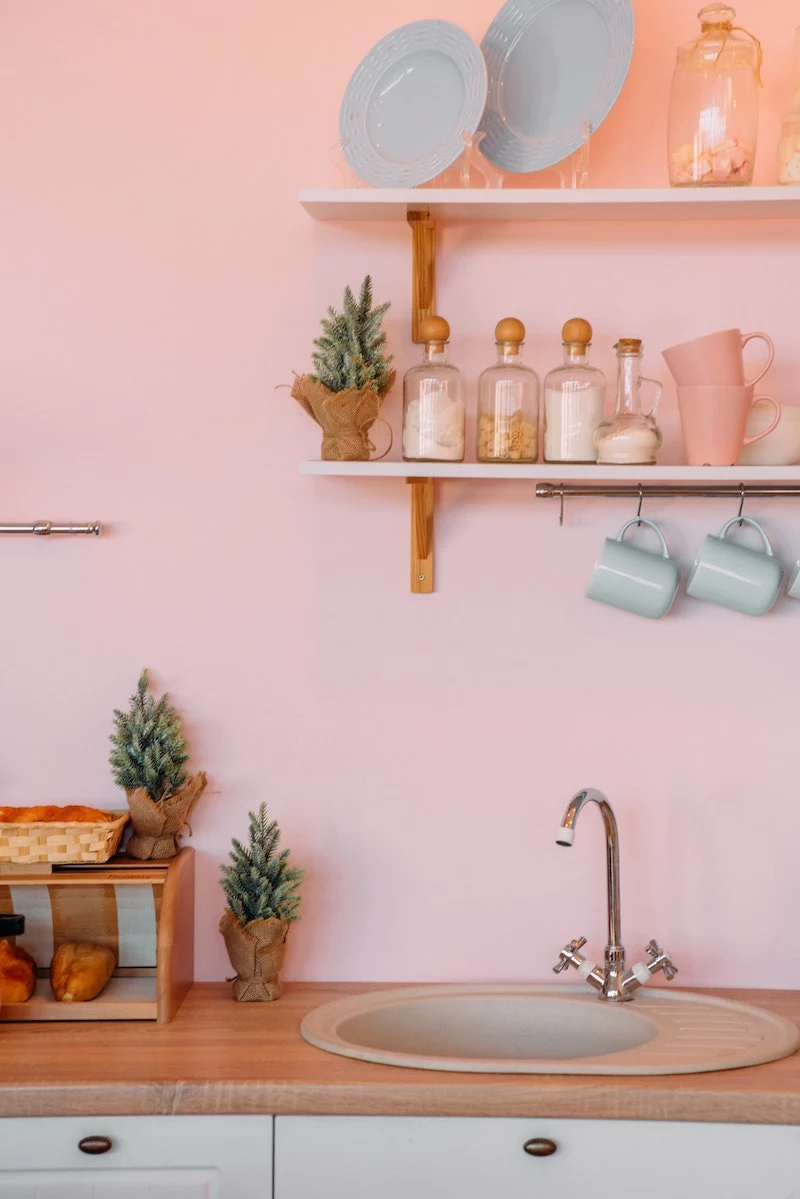
The Pro Kitchen Workflow: A Smarter Way to Shop and Store
In a professional kitchen, we think about food storage the second we start shopping. You can easily adopt this same mindset.
Step 1: The Strategic Grocery Run
The order you shop in actually matters. The goal is to keep cold foods out of the Danger Zone for as little time as possible.
- Pantry stuff first: Grab your cans, pasta, oils, and other non-perishables.
- Produce next: Then, move on to your fruits and veggies.
- Cold items last: Pick up meat, dairy, and especially frozen foods right before you head to the checkout line.
Oh yeah, a quick tip: invest in a couple of insulated cooler bags. You can find them on Amazon or at places like Costco for about $15 to $25. They make a huge difference in keeping your cold chain intact on the drive home, especially on a hot day.
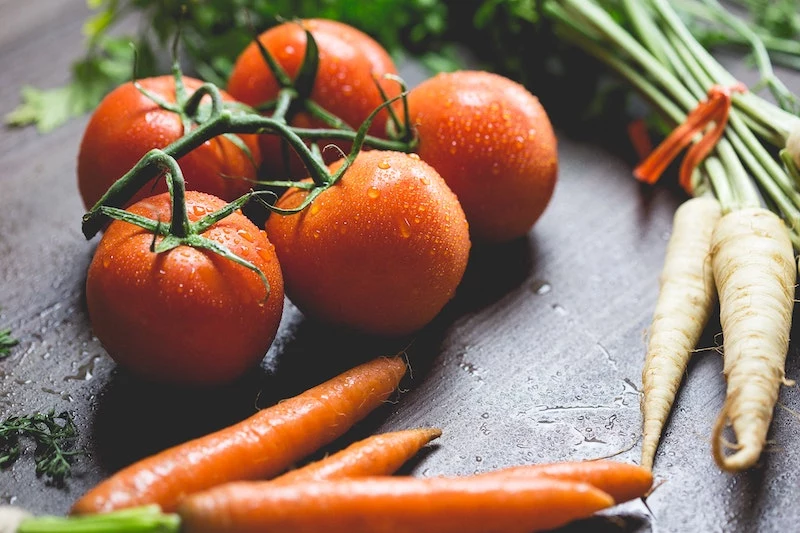
Step 2: The Unpacking Ritual
Don’t just dump your groceries and slam the fridge door. Take five minutes to set yourself up for success. This little bit of prep saves me from sad, wilted lunches later in the week.
So, to wash or not to wash? My rule is simple: only wash produce right before you’re going to eat it. The big exceptions are leafy greens (we’ll get to that) and root veggies caked in dirt. Moisture is the enemy of longevity.
- Berries & Mushrooms: Keep them dry! Wash berries just before eating, or they’ll turn to mush. Mushrooms are like little sponges; just wipe them with a damp paper towel.
- Root Veggies with Tops (Carrots, Beets): Cut the leafy tops off immediately. They act like straws, sucking moisture and nutrients right out of the root, leaving it limp. You can cook the greens separately!
Step 3: Master First In, First Out (FIFO)
FIFO is the golden rule. It just means “First In, First Out.” Use your older ingredients before you open the new ones. When you unpack, move the older stuff to the front.
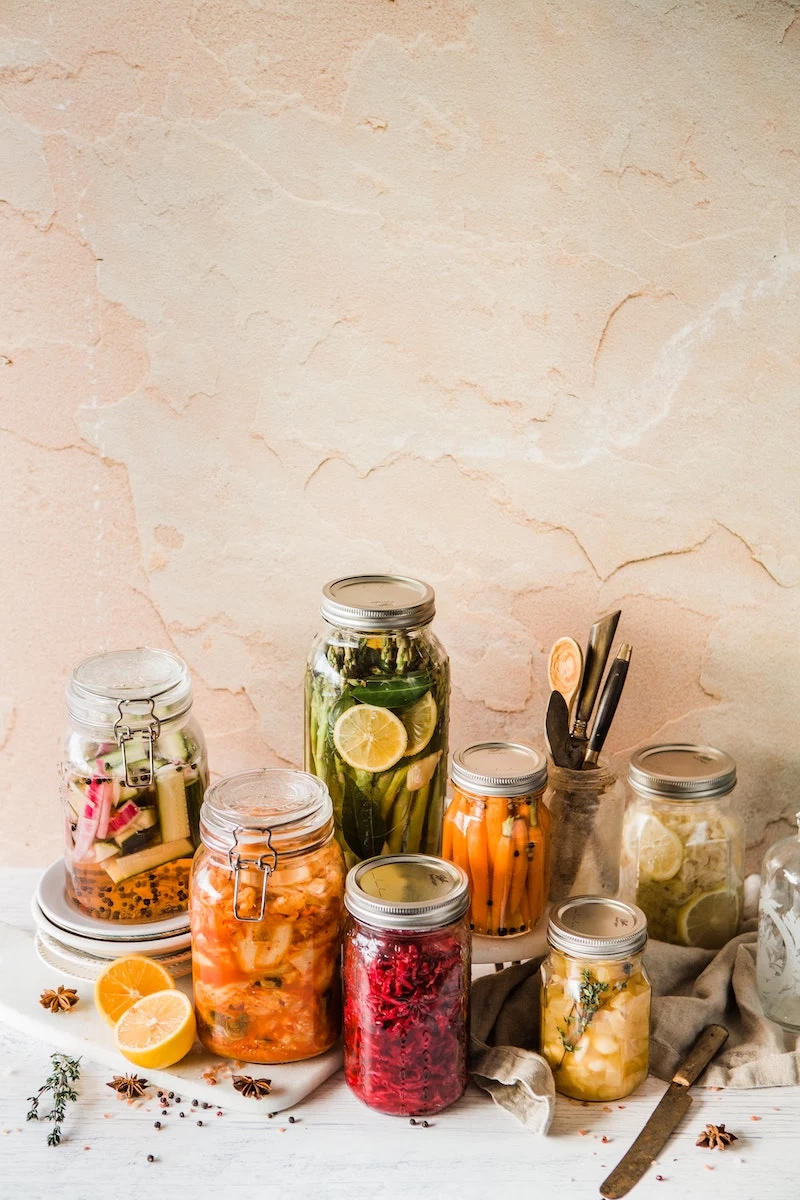
Here’s a game-changing trick: get a small, clear basket—you can find one at the dollar store—and label it “Eat Me First!” Stick it on the top shelf of your fridge. This is where you put the half-an-onion, the almost-empty container of yogurt, and that single serving of leftover pasta. It’s a visual reminder that stops you from discovering science experiments in the back of your fridge.
The Ultimate Guide to Storing Your Produce
Leafy Greens (Lettuce, Spinach, Kale)
The problem is they turn into a slimy, wilted mess in days. The pro technique is the “greens box.” Wash your greens, then use a salad spinner to get them BONE DRY. Seriously, this is the most important step. Line a large, airtight container with a dry paper towel, add the greens, lay another paper towel on top, and seal it. The towels absorb condensation. I can get a head of romaine to last 10 days this way, easy.
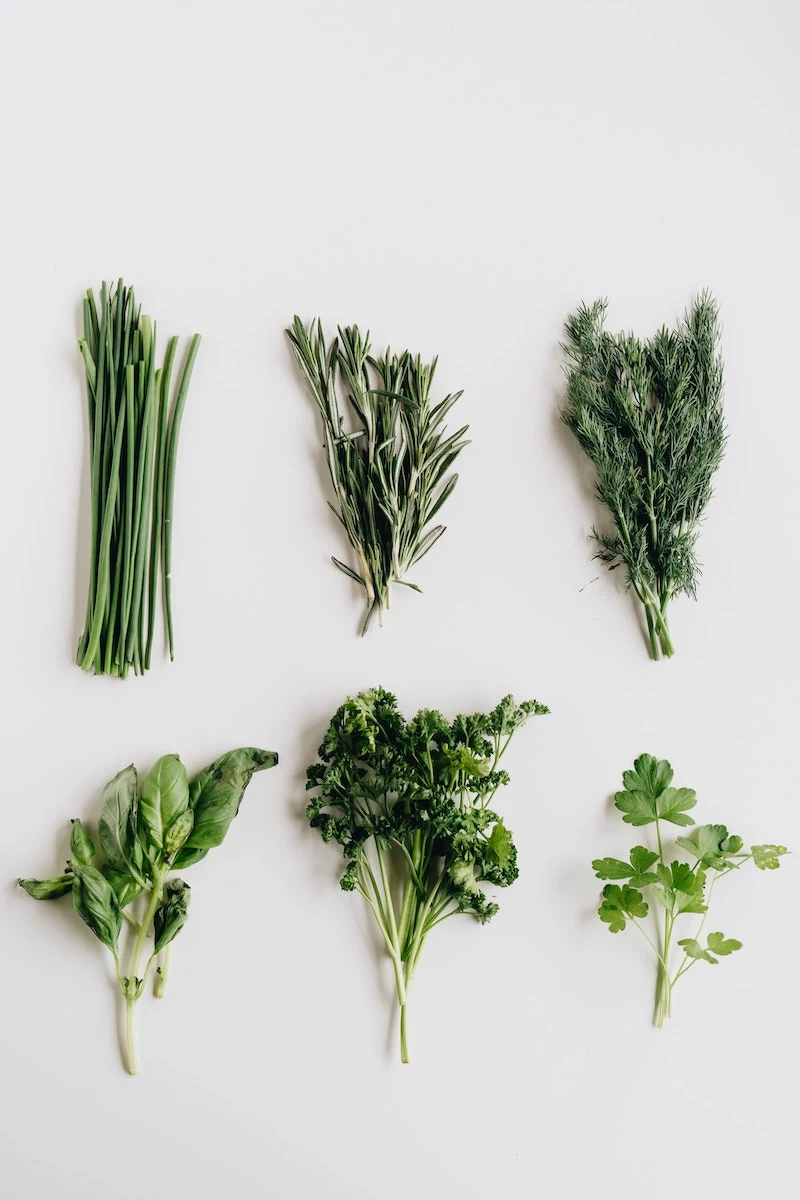
A Special Section for Fresh Herbs!
Wilted herbs are a tragedy. Here’s how to keep them fresh, because it’s a huge pain point for everyone.
- Soft Herbs (Cilantro, Parsley, Dill, Mint): Treat them like a bouquet of flowers. Snip the ends, place them in a jar with an inch of water, and cover the leaves loosely with a plastic bag. Keep it in the fridge. They’ll last for a week or more.
- Basil is the exception! Basil hates the cold. Keep it in a jar of water on your counter, just like flowers.
- Woody Herbs (Rosemary, Thyme, Oregano): These guys prefer it a bit drier. Wrap them in a slightly damp paper towel, then place them in a zip-top bag in the crisper drawer.
Alliums (Onions, Garlic, Shallots)
These need a cool, dark, dry place with good airflow, like a pantry basket. Never, ever store them in the fridge—the humidity will make them soft and moldy. And here’s the BIGGEST mistake people make: do not store them with potatoes. Onions release gas that makes potatoes sprout, and potatoes release moisture that makes onions rot. Keep them far apart!
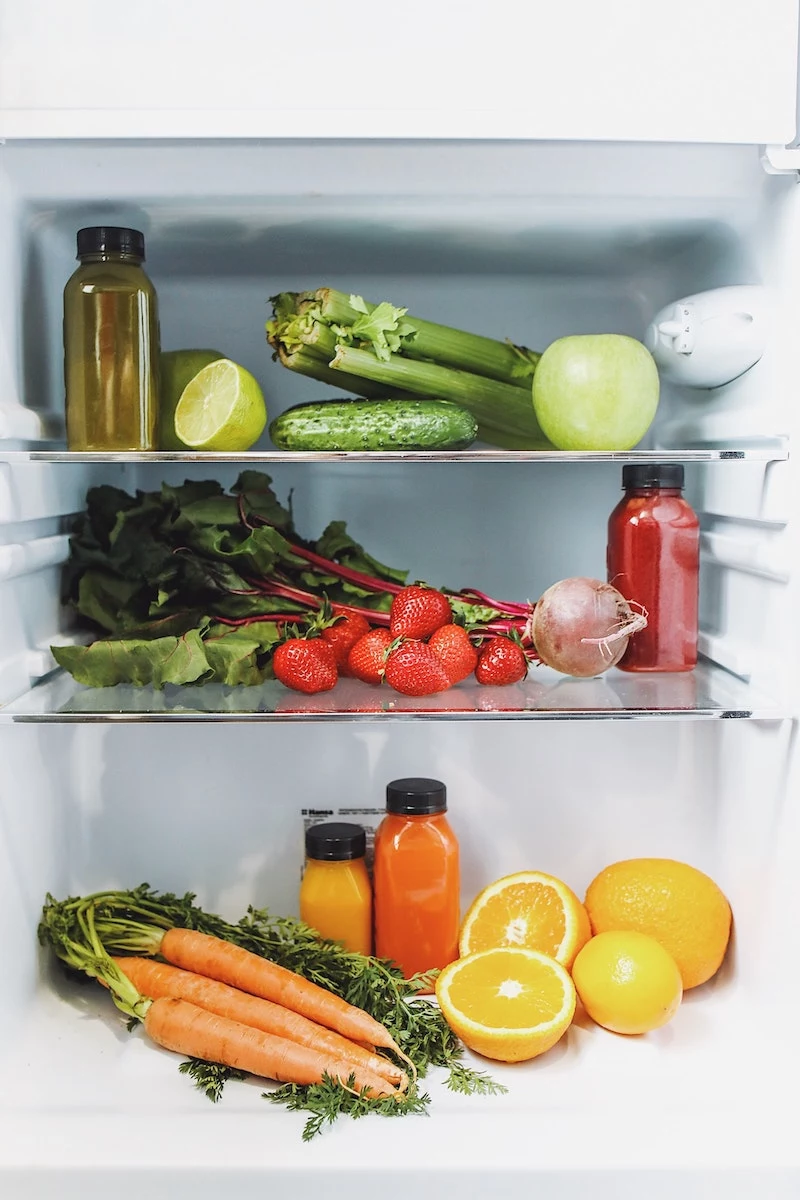
Potatoes and Sweet Potatoes
Store these in a paper bag in a cool, dark place (like a low cabinet, away from the stove). The bag lets them breathe but blocks light, which prevents them from turning green and bitter. Refrigerating them turns their starch to sugar, giving them a weirdly sweet taste and a waxy texture when cooked.
Mastering the Ripening Game with Ethylene Gas
Okay, let’s make this simple. Think of your produce in two teams. You need to keep these teams separated in your fridge and on your counter.
Team A: The Ethylene SUPER-Producers (The Ripeners)
These guys release a lot of ripening gas. Keep them isolated or use them to your advantage.
- Apples & Pears
- Avocados
- Bananas (especially as they get spotty)
- Peaches, Plums & Nectarines
- Tomatoes
Team B: The Super-Sensitive Crew (The Spoilers)
These guys get old and sad fast when they’re around the Ripeners.
- Asparagus
- Broccoli & Cauliflower
- Carrots & Cucumbers
- Leafy Greens (all of them!)
- Potatoes (they’ll sprout)
Quick tip: Use this to your advantage! Got a rock-hard avocado? Stick it in a paper bag with a banana overnight. The trapped ethylene gas will have it ready for guacamole in no time.
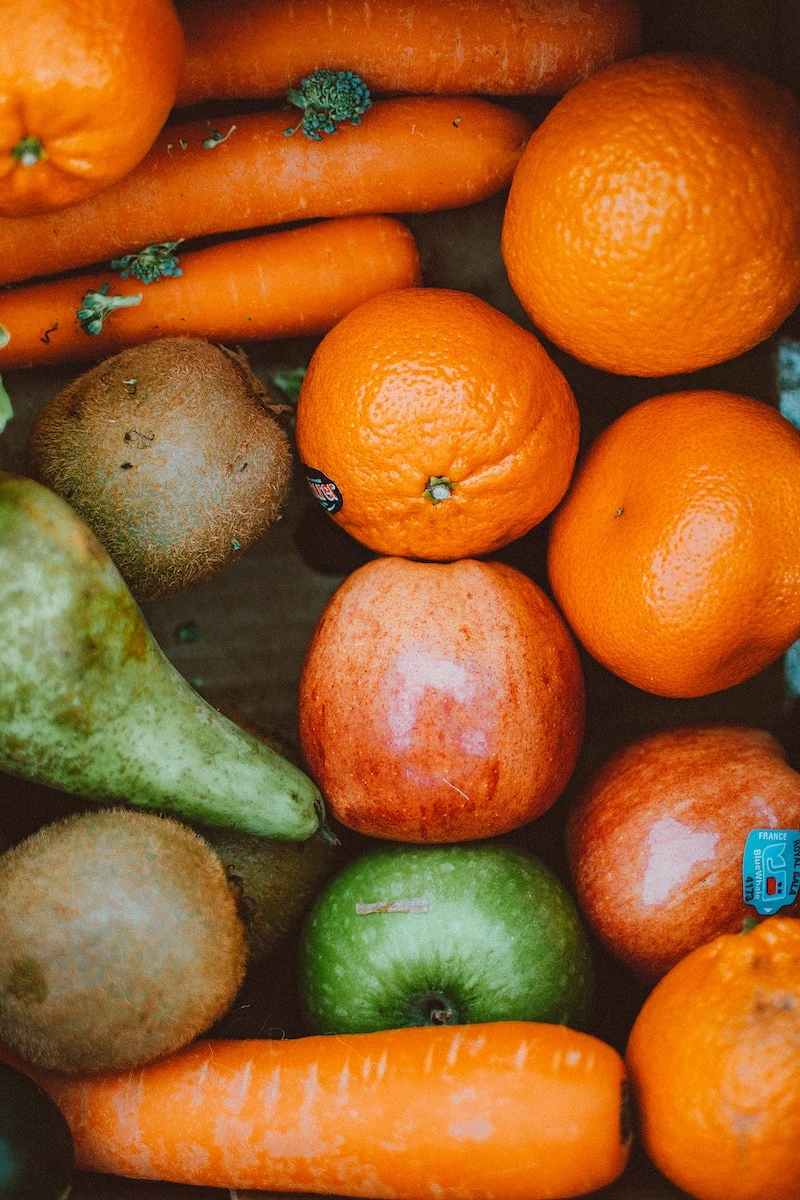
Beyond Produce: Meat, Dairy, and Leftovers
Raw Meat, Poultry, and Fish
Safety first, always. Cross-contamination is a serious risk. Always store raw meat on the bottom shelf of your fridge. I recommend placing the package on a plate or in a container just in case it leaks. Plan to use ground meat within 1-2 days and whole cuts within 3-4 days. If not, freeze it.
Budget-friendly tip: Don’t have a fancy vacuum sealer? Try the “poor man’s vacuum seal.” Place your meat in a quality freezer-safe zip-top bag, leaving a small corner unsealed. Slowly lower the bag into a bowl of water, and the water pressure will force the air out. Seal the corner just before it goes underwater. This prevents freezer burn and can save you a ton of money over buying a machine.
Dairy, Eggs, and Cheese
The fridge door is the warmest, most temperature-unstable part of your fridge. Do not store your milk or eggs there! Keep them on a middle shelf toward the back where it’s consistently cold. And for cheese, ditch the plastic wrap—it suffocates it. Wrap cheese in cheese paper, or a great budget alternative is to wrap it in parchment paper first, then loosely in a plastic bag.
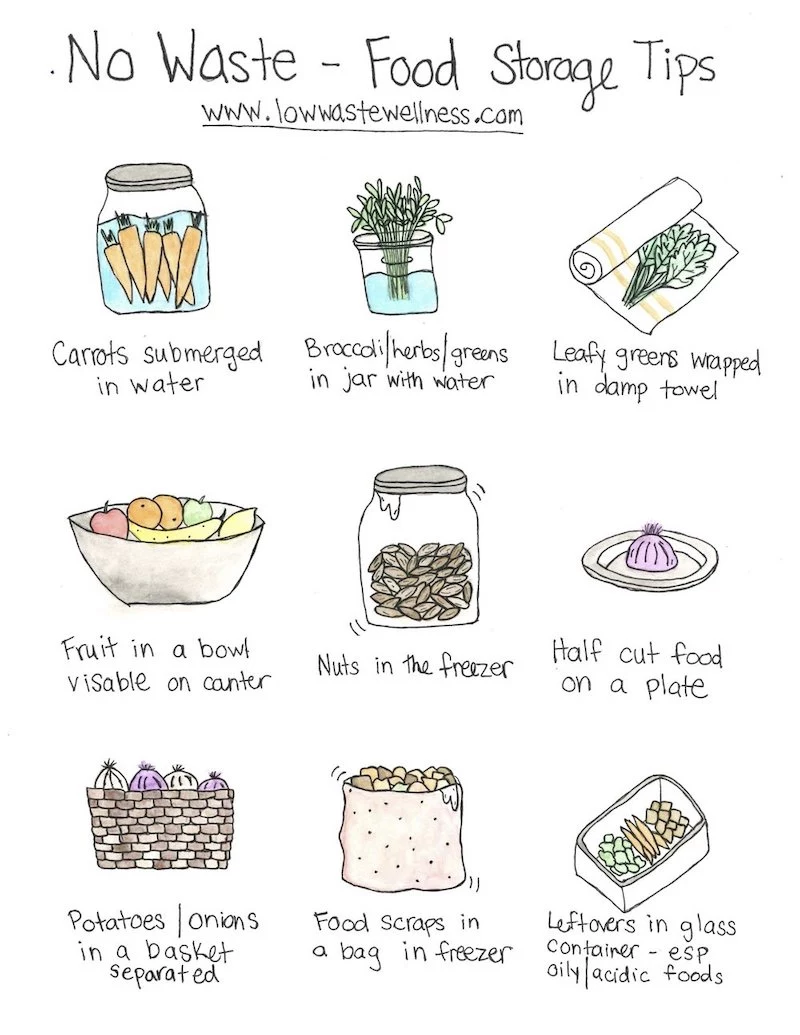
Cooked Leftovers
What about the food you’ve already cooked? The general rule is 3-4 days in the fridge for most leftovers. Store them in airtight, clear containers so you can see what’s inside. I personally prefer glass containers, which you can get in a nice set for around $30-$40 from places like Target or online. They don’t stain or hold odors like plastic, and you can pop them right in the microwave or oven.
Heads up! Let hot food cool down on the counter for a bit (no more than an hour or two) before putting it in the fridge. Putting a large, steaming-hot pot of chili in the fridge can raise the internal temperature of the whole appliance, putting other foods at risk.
A Final Word: It’s All About Respect
Learning these little tricks isn’t just about being frugal. It’s about developing a respect for your food—for the effort it took to grow it and the money you spent on it. When you become a caretaker of your ingredients, you waste less, save more, and your food just plain tastes better. And that’s a goal any home cook can get behind.
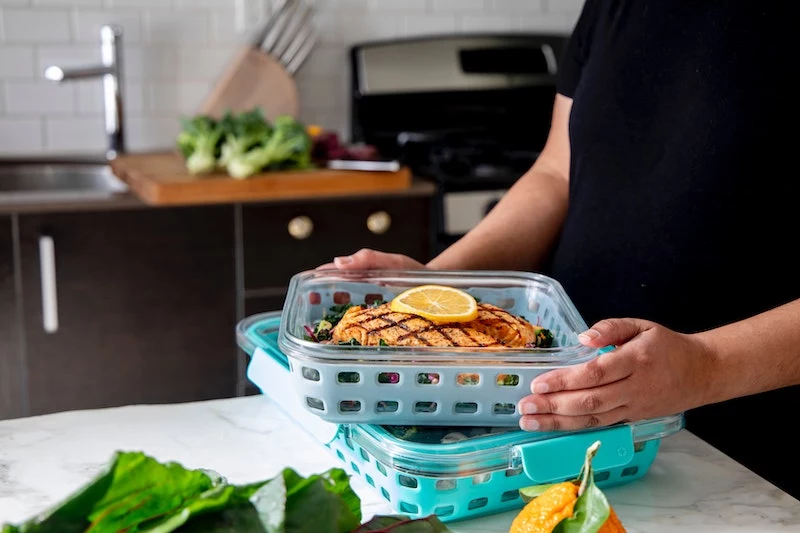
Disclaimer: These are guidelines based on professional kitchen practices. Always trust your senses. If something looks, smells, or feels off, just throw it out. When in doubt, don’t risk it!
Inspirational Gallery
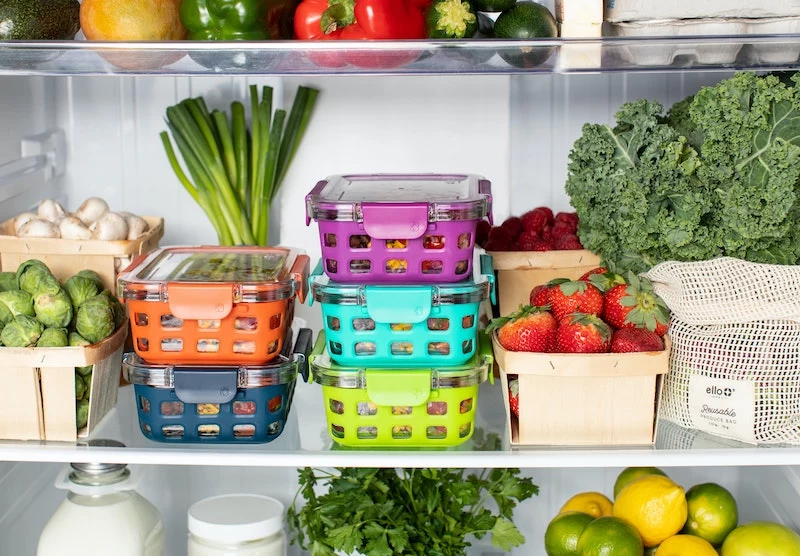
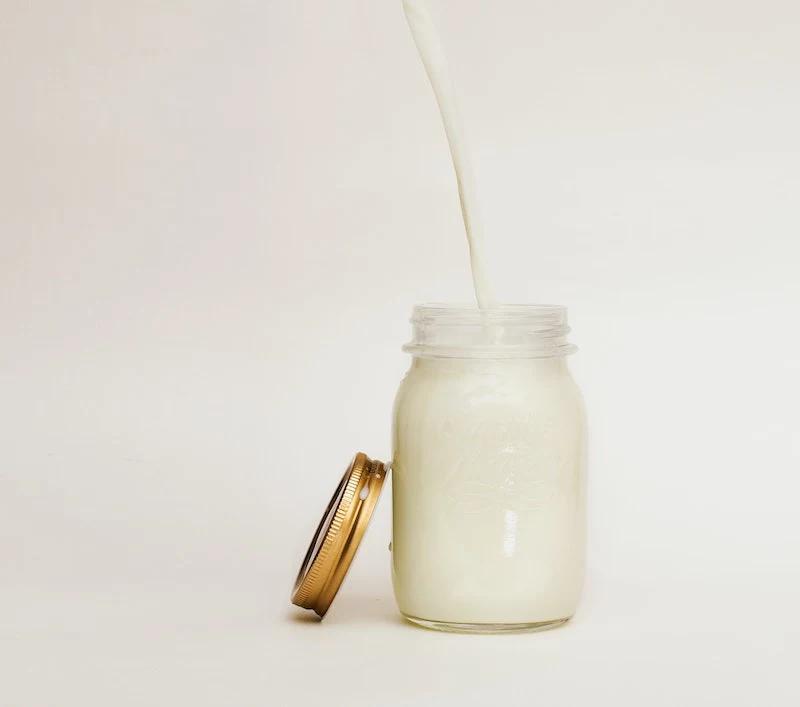
What about those half-used onions or lemons?
Once cut, their biggest enemy is air. Instead of struggling with plastic wrap that never sticks, consider dedicated ‘food huggers.’ These flexible silicone covers, like those from Food Huggers, create a tight seal directly on the cut surface. They prevent oxidation, keep strong odors contained, and eliminate the need for single-use plastics. A simple, reusable solution that keeps your fridge smelling fresh and your produce crisp.
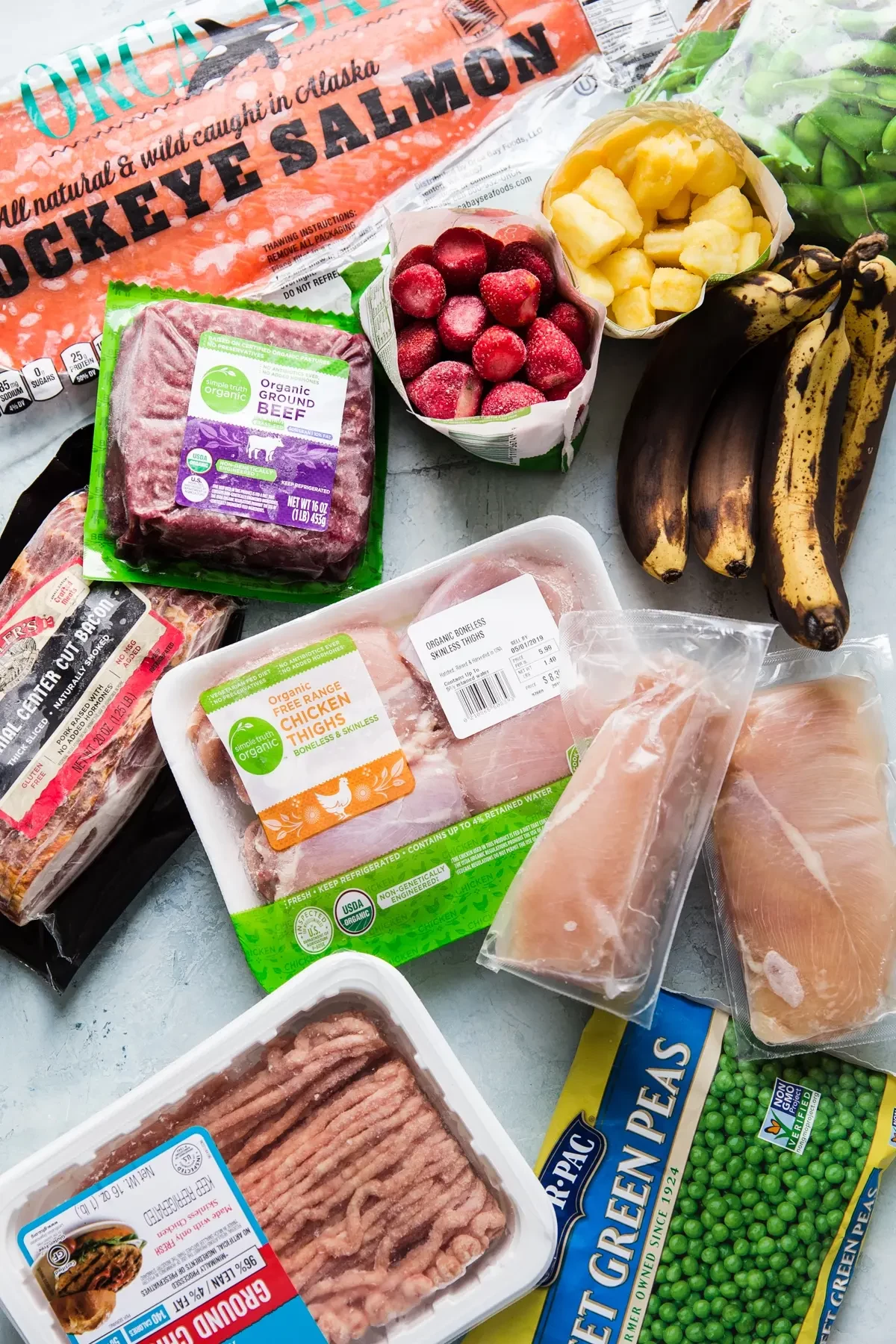
According to the USDA, a staggering 30-40% of the food supply in the United States goes to waste.
While much of this occurs before food even reaches our homes, household waste is a major contributor. The simple act of storing a bunch of parsley correctly or using a bell pepper before it softens is a small but powerful vote against this statistic. It reclaims value, flavor, and respect for the resources used to grow our food.

Glass Containers: A kitchen workhorse. Brands like Pyrex offer borosilicate glass containers that are non-porous, meaning they won’t absorb stains or odors (goodbye, tomato sauce stains!). They can go from freezer to oven, making them ideal for meal prep and reheating.
Vacuum-Sealed Containers: The next level for delicate items. Systems like Zwilling’s Fresh & Save use a pump to remove air, dramatically slowing down oxidation. They are perfect for extending the life of avocados, berries, and expensive cheeses.
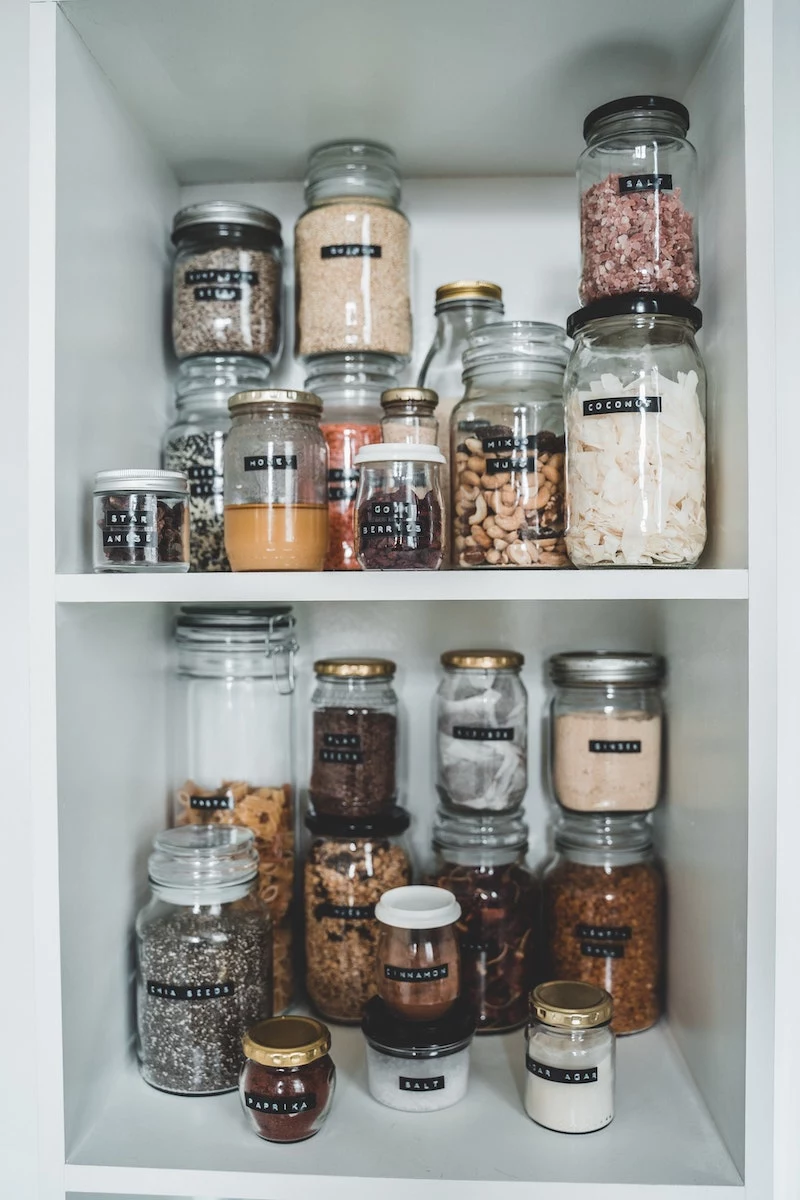
Transform your herbs from a wilted tragedy into a vibrant kitchen bouquet. It’s simpler than it sounds:
- Tender Herbs (Cilantro, Parsley, Mint): Trim the stems slightly and place them in a jar with an inch of water, just like flowers. Cover loosely with a reusable plastic bag and refrigerate.
- Woody Herbs (Rosemary, Thyme): These prefer less moisture. Wrap them in a slightly damp paper towel and place them inside a sealed bag or container in the crisper drawer.

One common mistake: Washing berries as soon as you get home. Moisture is the mortal enemy of a berry, encouraging mold and decay. The best practice is to store them unwashed in their original breathable container in the fridge. Only wash them right before you’re ready to eat them to maximize their lifespan from days to potentially over a week.
- Celery that snaps with a satisfying crack.
- Carrots that are crisp and sweet, not rubbery.
- Radishes that have a sharp, fresh bite.
The secret is treating them right from the start. For these root and stalk vegetables, chop them to your desired size upon returning from the store and submerge them in a container of water in the fridge. They’ll not only stay fresh, they’ll become even crisper.










